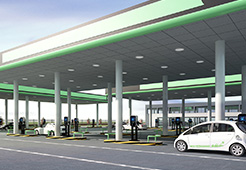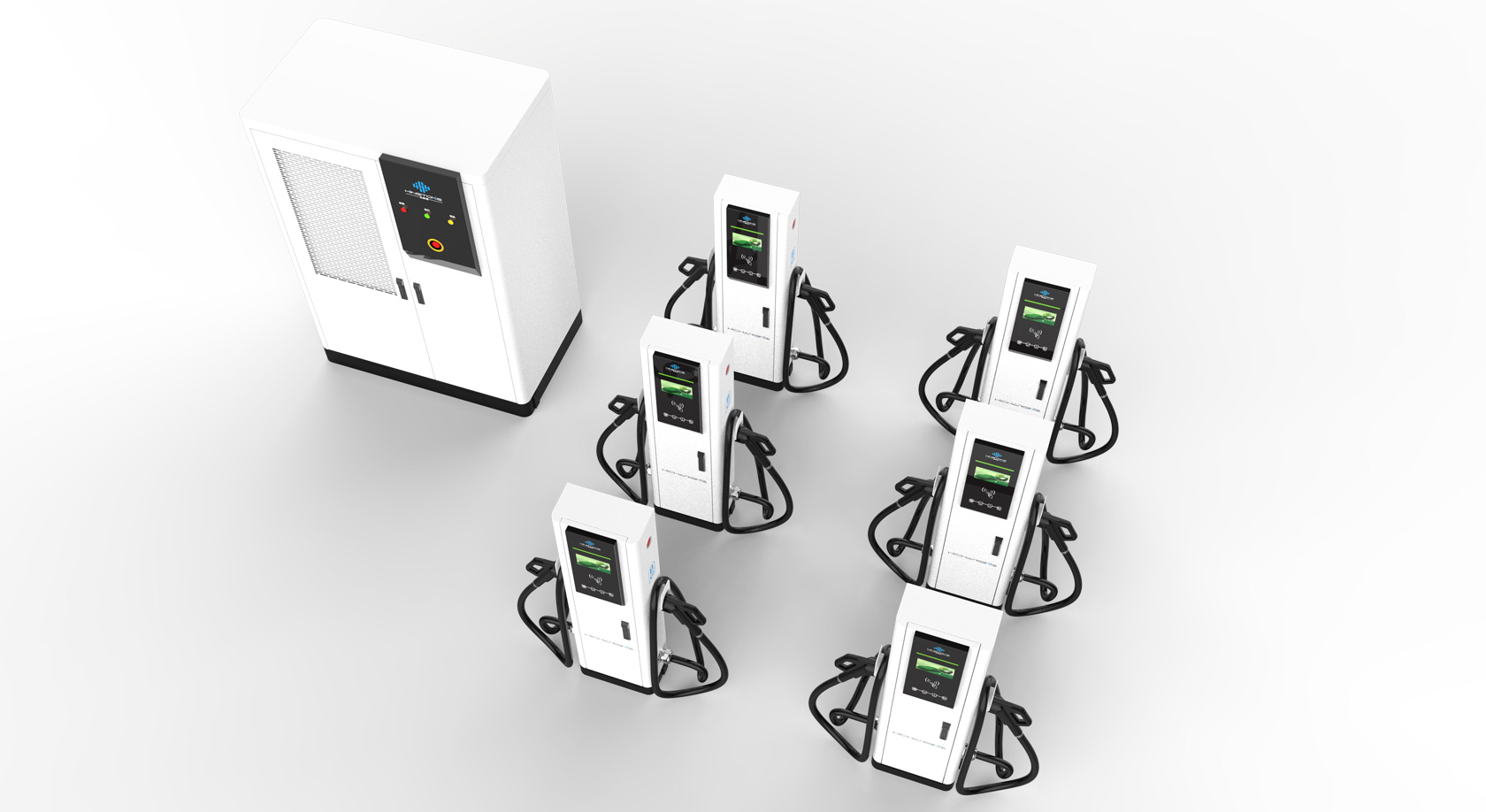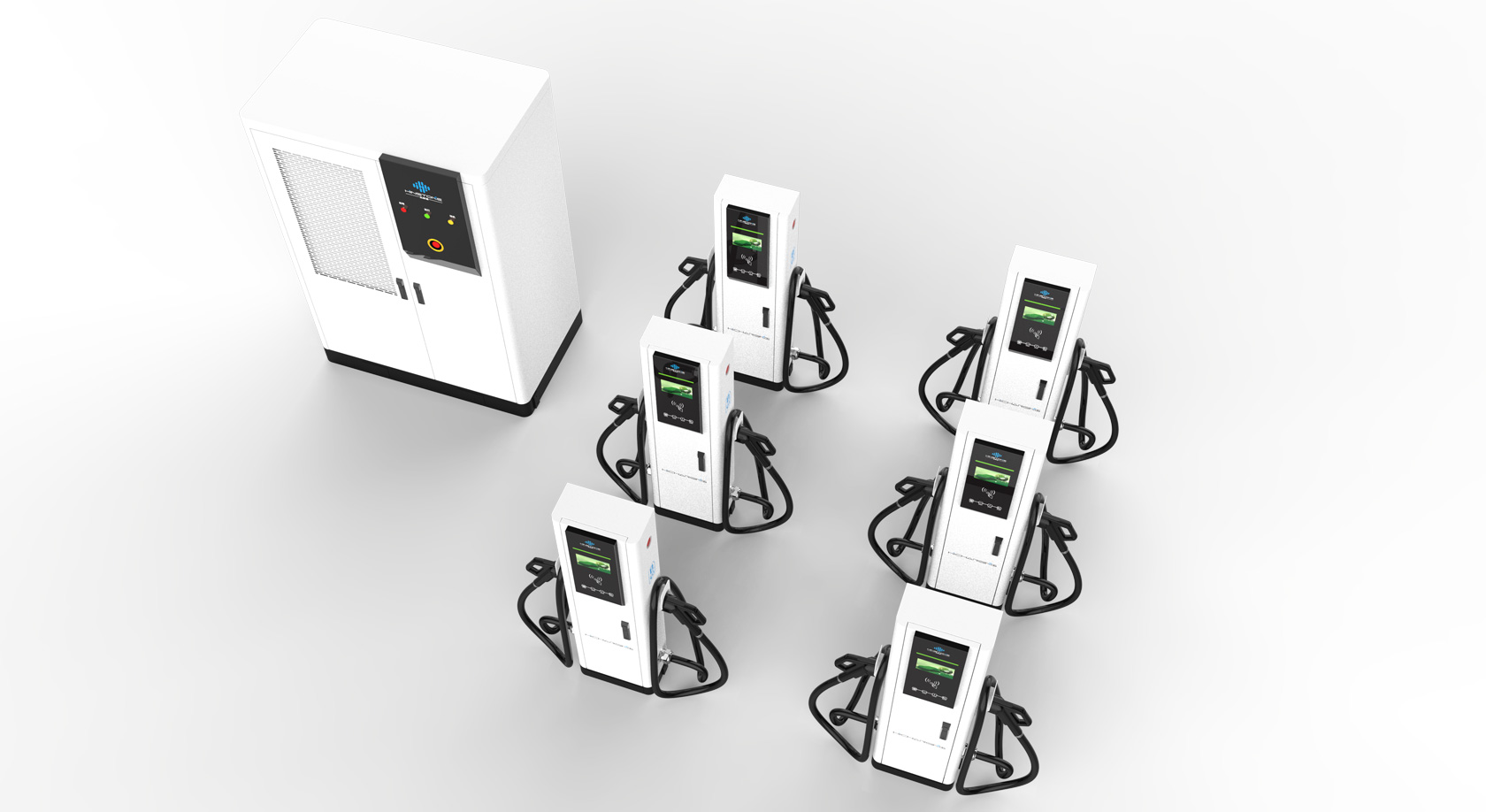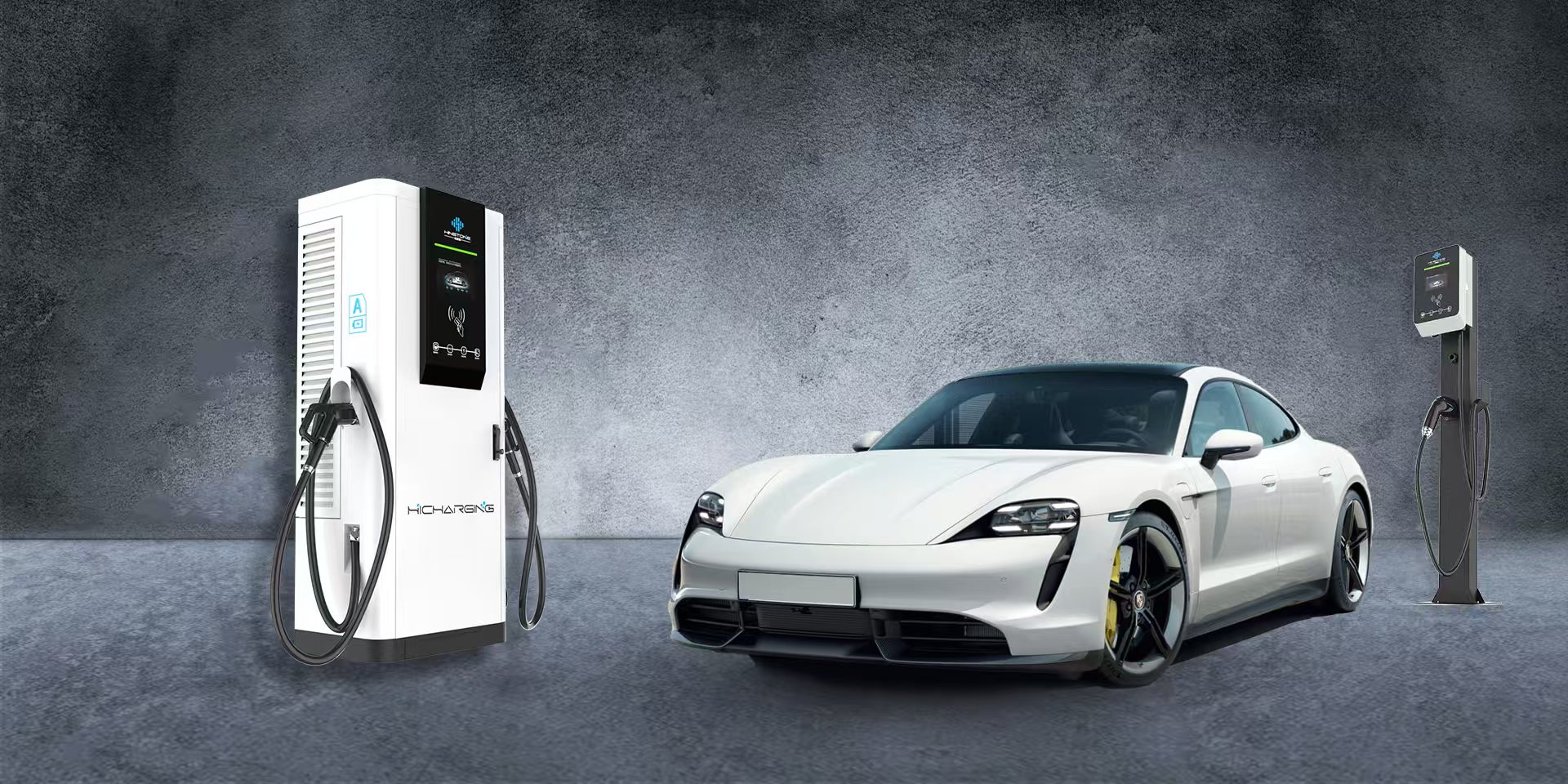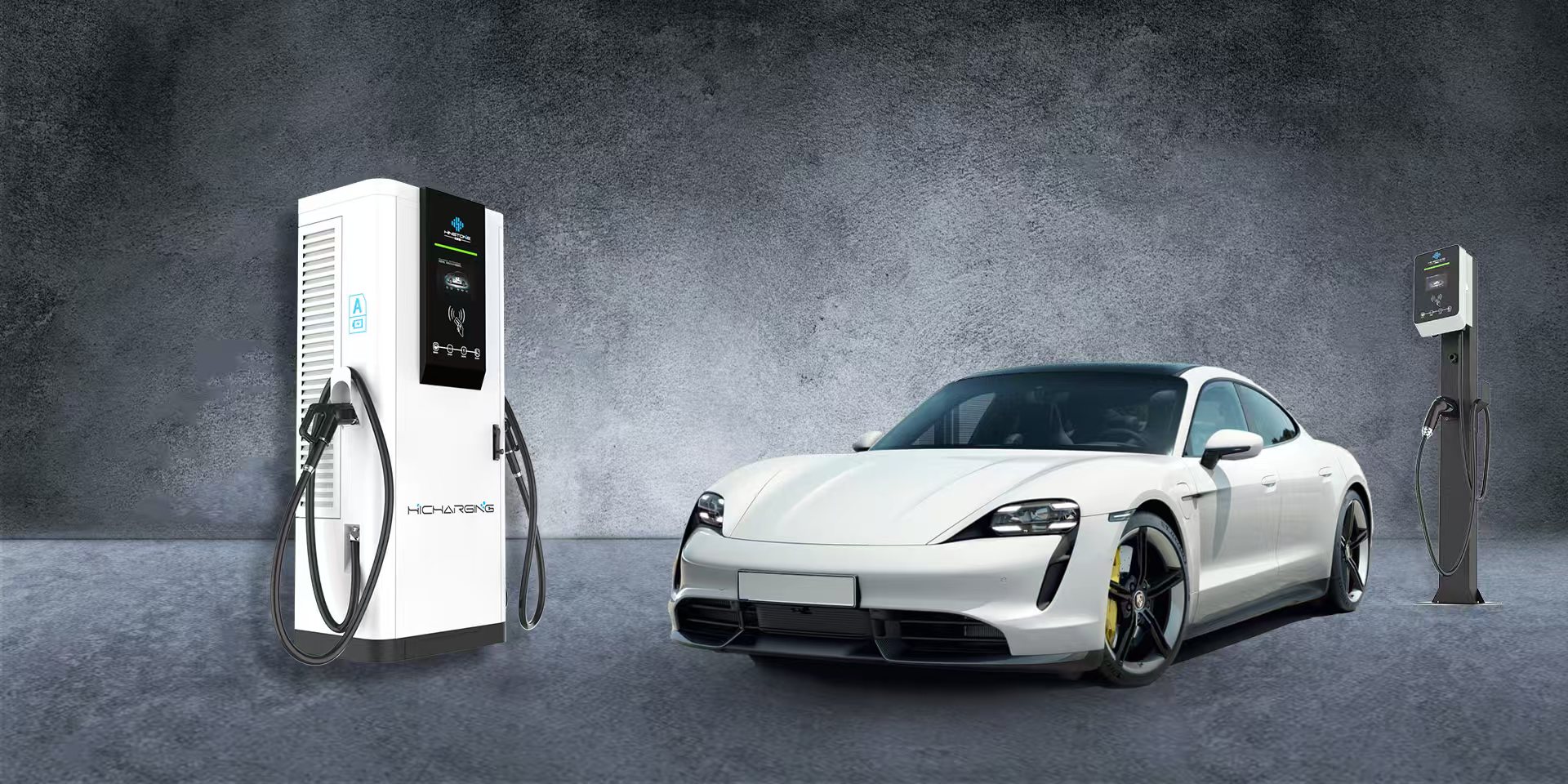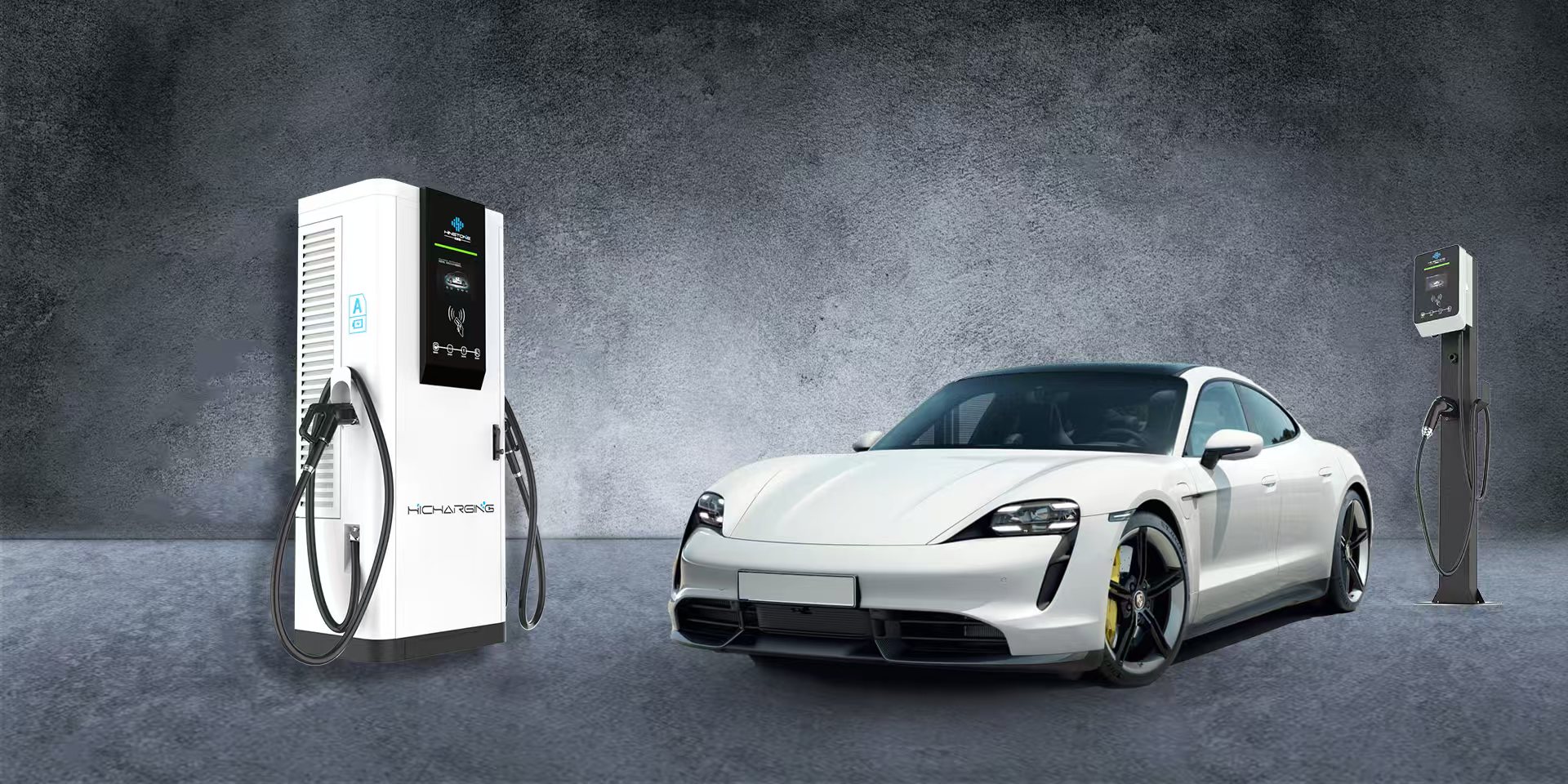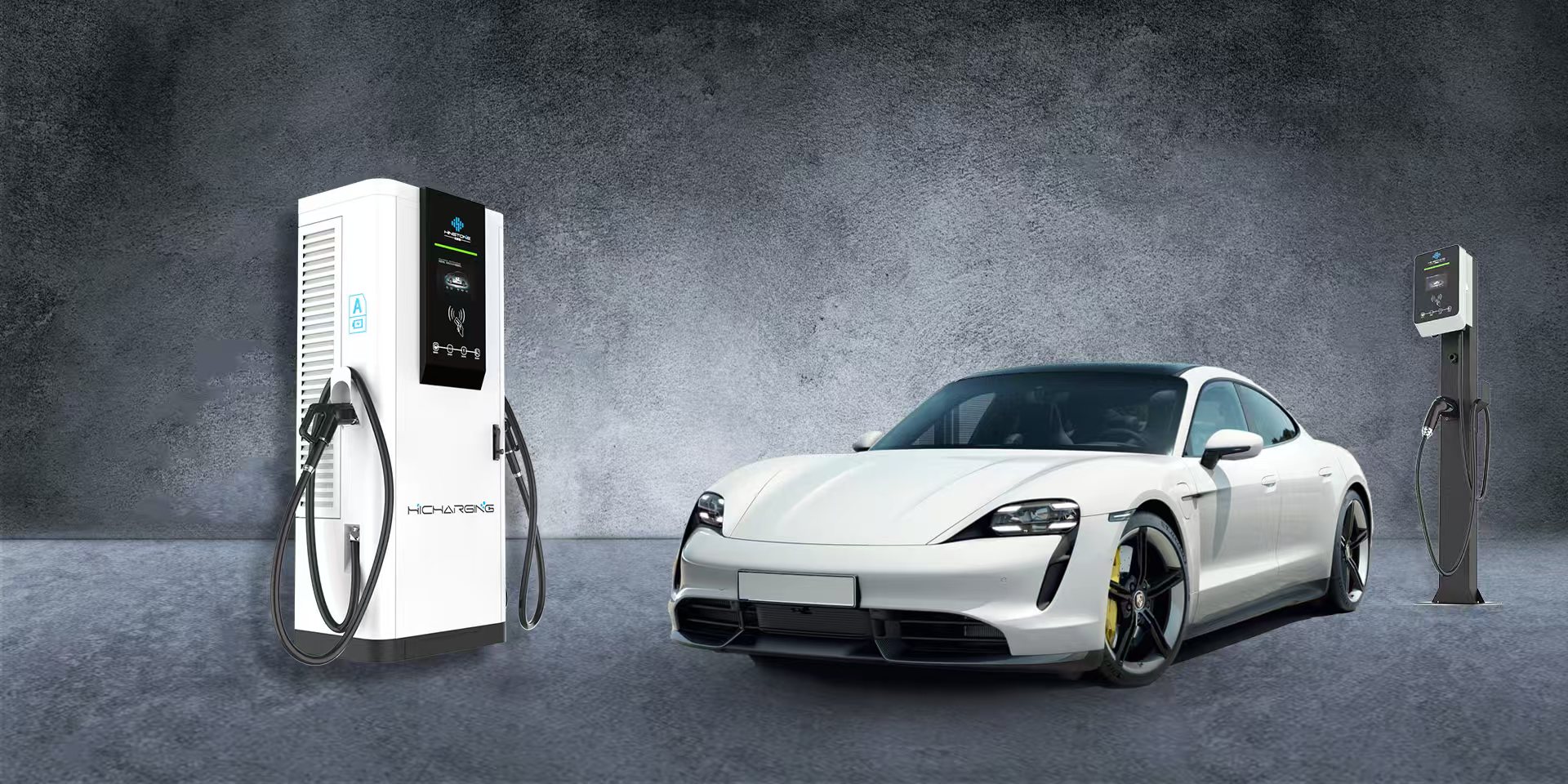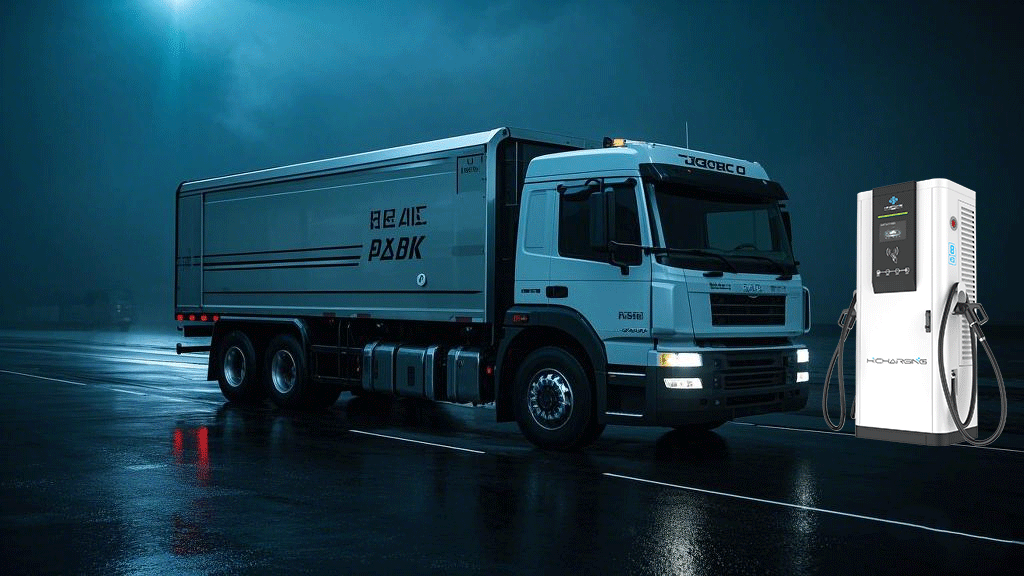Notice on the pilot work of filling shortboard of county charging and replacing facilities
CAI Jian [2024] 57
Department of Finance (Bureau), Department of Industry and Information technology, Department of Transport (Bureau, commission) of relevant provinces, autonomous regions and municipalities:
In order to implement the relevant decisions and deployments of the CPC Central Committee and The State Council, in accordance with the relevant spirit of the Opinions of the CPC Central Committee and The State Council on Learning and Using the experience of the "Thousand Villages Demonstration and Ten thousand Villages Renovation" Project to Effectively Promote the Comprehensive revitalization of rural areas, speed up the shortcomings of public charging and replacing infrastructure in rural areas, and further release the consumption potential of new energy vehicles. In accordance with the relevant requirements of the "Guiding Opinions of The General Office of the State Council on Further building a high-quality charging infrastructure System" (2023) No. 19), 2024-2026, the Ministry of Finance, the Ministry of Industry and Information Technology, and the Ministry of Transport (hereinafter referred to as the three departments) will carry out pilot work to supplement the shortcomings of county charging and replacing facilities. The relevant matters are hereby notified as follows:
I. General requirements
From 2024 to 2026, in accordance with the principle of "planning first, scene traction, scientific and orderly, and local conditions," the pilot project of "hundreds of counties, thousands of stations, and thousands of piles" will be carried out to strengthen the planning and construction of new energy vehicle charging and replacing facilities in key villages and towns. The central government will arrange incentive funds to support pilot counties to carry out pilot work. The province (autonomous region, municipality directly under the Central Government, hereinafter referred to as the province) level should give full play to the overall coordination role and implement the specific work. Relevant departments at local levels should actively introduce relevant policies in terms of land, electricity prices, service fees, etc., form policy synergy, effectively make up for the shortcomings of public charging and replacing infrastructure in rural areas, and strive to achieve "full coverage of township and township" in charging and replacing infrastructure.
Ii. Content and objectives of the pilot
(1) Improving the service support capacity of public charging and replacing infrastructure in rural areas. According to the needs of regional and transit new energy vehicles, increase the construction of public charging and replacement infrastructure in rural areas suitable for the use of new energy vehicles. The new charging infrastructure in the pilot county should be open to the whole society, the availability rate is not less than 99%, the rated power is more than 120 kilowatts (including 120 kilowatts), and the intelligent fast charging public charging and replacing infrastructure should be vigorously promoted. Key villages and towns in pilot counties and surrounding areas should build demonstration pilot areas for the construction and operation of rural public charging and replacing infrastructure with "reasonable layout, rich scenes, advanced technology and excellent experience". Encourage leading enterprises in charging and replacing construction and operation in all regions to join forces with large enterprise groups such as local power grids, postal services, and logistics to accelerate the construction of fast-charging public charging and replacing infrastructure that is fully open to the public in rural areas suitable for the use of new energy vehicles but where social investment in public charging and replacing infrastructure is insufficient. Strive to gradually establish a market-oriented operation model of public charging and replacing facilities in rural areas, and constantly improve the public charging and replacing service guarantee ability of "weak links" in rural areas.
(2) Stimulate the consumption potential of new energy vehicles in pilot counties and surrounding areas. Focus on cultivating charging and replacing application scenarios that meet the development characteristics of new energy vehicles in local and surrounding areas, Improve the service support capabilities of county-level postal express outlets, rural logistics nodes, rural passenger and freight terminals (including township transport service stations, rural passenger and freight mail stations, etc.), 3A level and below tourist attractions, rural highways, and transportation comprehensive service stations suitable for new energy vehicle charging scenarios, and do a good job in the connection between holiday charging peak periods and highway service areas. Pilot counties should work in the same direction as local policies to promote consumption of new energy vehicles, form a driving effect of new energy vehicle consumption, and promote the willingness to use new energy vehicles in local and surrounding areas. The pilot counties with the conditions should form a linkage with the surrounding areas, and plan the layout of charging and replacing infrastructure around tourist roads and "four good rural roads", promote the "full coverage of cross-county scenarios" of charging and replacing infrastructure, and drive the consumption potential of new energy vehicles in the pilot counties and surrounding areas.
(3) Actively cultivate the popularization and application of new technologies and new models in rural areas. Fully combined with the application conditions of the local scene, actively explore the application of new technologies and new models such as vehicle network interaction (V2G), rapid charging and replacement, liquid-cooled high-power charging, intelligent orderly charging, and wireless charging. Distributed photovoltaic covers better rural areas, and can be combined with the actual construction of photovoltaic power generation, energy storage, charging and replacement of integrated charging infrastructure.
(4) Optimize and improve the charging and replacement facilities support management policy system. All localities are encouraged to introduce policies to support the construction of public charging and replacing infrastructure in light of the actual conditions of their regions, ensure the demand for land for the construction of charging and replacing infrastructure and supporting power grids, accelerate the approval process for the construction of charging and replacing infrastructure and supporting power grids, and broaden the financing channels for enterprises investing in and operating charging and replacing infrastructure. Encourage the charging infrastructure station lease term of 10 years or more, reduce the risk of operating enterprises, and guide enterprises to continue to operate for a long time. We will encourage local governments to introduce financial support policies, such as subsidies for construction and operation, land rent relief, and preferential electricity prices, in light of local conditions. Strengthen the construction of charging and replacing infrastructure, installation quality and safety management, establish the accident liability check system, and form a sound charging and replacing infrastructure support management policy system.
3. Selection of pilot counties
(1) the subject of declaration. The main body of the pilot application should be rich in new energy vehicle promotion and application scenarios, relatively weak public charging and replacement infrastructure construction, high local enthusiasm for promotion and application, and weak social capital investment willingness (excluding municipal districts). Focus on mining application scenarios, and prepare the pilot declaration implementation plan (see Annex 1 for the outline).
(2) Declaration conditions.
1. The degree of marketization of charging and replacing infrastructure is low. The degree of marketization of charging and replacing infrastructure development in rural areas under the jurisdiction of pilot counties should be low, the operating income of existing charging and replacing infrastructure is poor, and the enthusiasm of social capital investment is weak.
2. It has a relatively complete planning and layout scheme. The provincial and municipal levels where the pilot county is located have formulated and introduced public charging and replacement infrastructure development plans. The pilot county should develop a complete and reasonable charging and replacing infrastructure planning scheme, clarify the regional line layout, construction quantity, annual plan, work ideas, safeguard measures and division of responsibilities of public charging and replacing facilities, and do a good job in close connection with territorial space planning, power grid planning, rural construction revitalization planning, transportation planning, energy planning, etc.
3. Suitable scenarios for the consumption and use of new energy vehicles. The pilot county should have a rich demand for new energy vehicle charging and replacing scenarios, which fully cover county-level postal express outlets, rural logistics nodes, rural passenger and freight terminals (including township transport service stations, rural passenger and freight mail stations, etc.), 3A and below tourist attractions, along the "four good Rural Road", and transportation comprehensive service stations. The prefecture-level city where the pilot county is located should have no less than 200,000 vehicles in 2023, with good consumption potential of new energy vehicles.
4. Have sufficient power supply guarantee ability. Pilot counties should have good rural power grid basic conditions and sufficient power support for the construction and operation of charging and replacing infrastructure.
(3) Quota allocation. From 2024 to 2026, the three departments will allocate provincial pilot counties based on factors such as the current development status and future potential of local new energy vehicles and public charging and replacement infrastructure, regional area, the number of counties (county-level cities) in the province, and the current financial status (see Annex 2).
(4) Selection process. The pilot implementation plan is prepared by the county as the main body, and is reported to the province level by level, and the relevant provincial departments determine the list of pilot counties in the province through competitive review according to the promotion potential of new energy vehicles in each county, charging and replacing demand and other factors, and encourage the remote areas in the province and the counties with the promotion and application potential of new energy vehicles and the "four good rural Road" national demonstration county to be appropriately sloping. The list of pilot counties in each province and the pilot implementation plan shall be reported to the three departments for the record according to the procedure, and the electronic version of relevant materials shall be uploaded to the third party "New energy vehicle public charging and replacement infrastructure incentive fund clearing platform" (hereinafter referred to as the clearing platform). The deadline for centralized acceptance of pilot materials in 2024 is May 17, 2024.
The three departments will conduct necessary reviews of the technical indicators, policy objectives, safeguard measures and application scenarios of the charging and replacement infrastructure reported by the provinces, and return the plans to the relevant provinces if they do not meet the filing conditions. The relevant province should revise the pilot county and the declaration plan according to the review opinions of the three departments, and report it to the three departments within 5 working days according to the procedure, if it still does not meet the filing conditions, the pilot quota of this batch will be reduced accordingly.
Iv. Reward standards
The central finance will give incentive fund support to the pilot counties that have been agreed by the three departments to record and complete the task objectives, and the demonstration period of each pilot county is 3 years. The reward standard is set according to the power utilization rate of the charging and replacing facilities in the pilot county every year, which is divided into three grades. During the demonstration period, pilot counties that reach the highest target each year will receive up to 45 million yuan (see Annex 3 for specific annual assessment indicators and award standards).
The incentive funds are mainly used for the construction and operation of charging and replacing infrastructure in the pilot counties, and shall not be used to balance local financial resources, and shall not be used for new energy vehicle purchase subsidies and new energy vehicle operation subsidies. After the end of the pilot, the three departments will give an excess reward of 10% of the reward standard to the counties that exceed the target and have a clear demonstration and driving effect on the surrounding areas.
5. Fund review and allocation
In accordance with the way of "pre-allocation and liquidation", the three departments have concentrated publicity on the pilot counties that have agreed to record. After the end of the publicity period, the central finance will first allocate no less than 70% of the incentive funds to support the pilot counties to start the pilot work of filling shortboard of county charging and replacing facilities. Subsequently, the reward funds will be liquidated according to the annual target assessment results of the pilot counties.
Before the end of February each year, the provincial leading department shall, together with relevant departments, organize the completion of the previous year's demonstration audit of each pilot county, including the construction of charging and replacement infrastructure, power utilization, application of new technologies and new models, as well as the accessibility of county rural roads and charging and replacement sites, and upload the audit results to the clearing platform.
The three departments entrust third-party institutions and organize experts to supervise and inspect the relevant provincial audit work and results according to a certain proportion through material review, on-site spot checks, etc., and use the clearing platform to review the completion of the goals of pilot counties in each province and issue supervision and inspection reports in accordance with the guidance of goals and results. The three departments determine the final audit results according to the supervision and inspection report and the provincial audit results. The Ministry of Finance allocates funds according to the final audit results.
6. Organization and implementation
Provinces should clarify the leading departments, actively play the role of overall supervision, relevant departments should increase policy support for pilot counties, encourage the introduction of land, electricity prices, service fees and other support policies, and effectively protect the construction and operation of public charging and replacement infrastructure in rural areas. Actively coordinate the local power grid enterprises to guarantee the power grid access and capacity increase in the pilot areas to ensure the effectiveness of the pilot work. Establish a regular reporting system for pilot situations, and the operation data of charging and replacing infrastructure should be uploaded to the clearing platform in real time; Before the 15th of the first month of each quarter, the provincial leading department should organize the pilot counties to upload the penetration rate of new energy vehicles, the application of new technologies and new models on a quarterly basis on the clearing platform.
Each pilot county is the main body responsible for formulating the pilot implementation plan, improving the supporting policies and organizing the implementation of the pilot work. The pilot county should strengthen the organization and implementation, and establish a working mechanism for close coordination and cooperation between the leading department and other relevant departments. Actively cooperate with local leading enterprises with certain construction scale and mature construction experience to build and operate charging and replacing facilities. The leading department of the pilot county should work with relevant departments to refine the division of tasks, strengthen supervision and assessment, create a good policy environment, coordinate and solve specific problems and difficulties in the implementation, and complete the pilot task on the basis of ensuring safety. The relevant departments of finance of the pilot county shall ensure the timely and effective use of the incentive funds allocated by the central finance.
Vii. Supervision, assessment and performance management
(1) Supervision and assessment. The three departments will strengthen the support, guidance and supervision of the pilot work of filling shortboards of charging and replacing facilities according to their functions, and organize third-party institutions and experts to track and guide the work throughout the process. The provincial level should strengthen the supervision and assessment of the pilot counties in the region, and be responsible for the authenticity and accuracy of the materials submitted in the region.
(2) Performance management. Relevant provinces will organize pilot counties to do a good job in performance target management, performance monitoring and annual performance self-evaluation as required, and the Ministry of Industry and Information Technology will jointly carry out overall performance evaluation with the Ministry of Transport. The three departments will comprehensively determine the scope of pilot provinces and the allocation of pilot counties in 2025 based on the results of the overall performance evaluation of the national pilot work in 2024 and the results of provincial performance evaluation.
The three departments, together with third-party institutions, organize spot checks and evaluations in a timely manner, and take punishment measures such as deduction of incentive funds, suspension of funds, cancellation of pilot qualifications, etc. in accordance with procedures if the results of spot checks are inconsistent with the reported situation and other pilot work is ineffective. No unit or individual may withhold, squeeze or misappropriate the reward funds. For units or individuals that violate the laws, administrative regulations and relevant provisions of the State, the relevant departments shall promptly stop and correct them, and deal with them strictly in accordance with the Budget Law of the People's Republic of China and its implementing Regulations, and the Regulations on Punishment and Punishment of Illegal Financial Acts. If the case constitutes a crime, criminal responsibility shall be investigated according to law. Departments of finance, industry, information technology and transportation at all levels and their staff have violated this circular, as well as other illegal and disciplinary acts such as abuse of power, dereliction of duty, favoritism and malpractice, In accordance with the Budget Law of the People's Republic of China and its implementing regulations, the Supervision Law of the People's Republic of China, the Regulations on the Punishment and Punishment of Financial Violations and other relevant provisions, appropriate responsibilities shall be investigated; If the case constitutes a crime, criminal responsibility shall be investigated according to law.
Contact information:
Department of Economic Construction, Ministry of Finance 010-61965050
Department of Equipment Industry, Ministry of Industry and Information Technology 010-68205644
Highway Bureau, Ministry of Transport, 010-65292936
Annex: 1. Outline of the pilot implementation plan
2. Number of quotas allocated to the first batch of pilot counties by province
3. Annual assessment indicators and award standards of the first batch of pilot counties
Ministry of Finance, Ministry of Industry and Information Technology, Ministry of Transport
April 9, 2024



